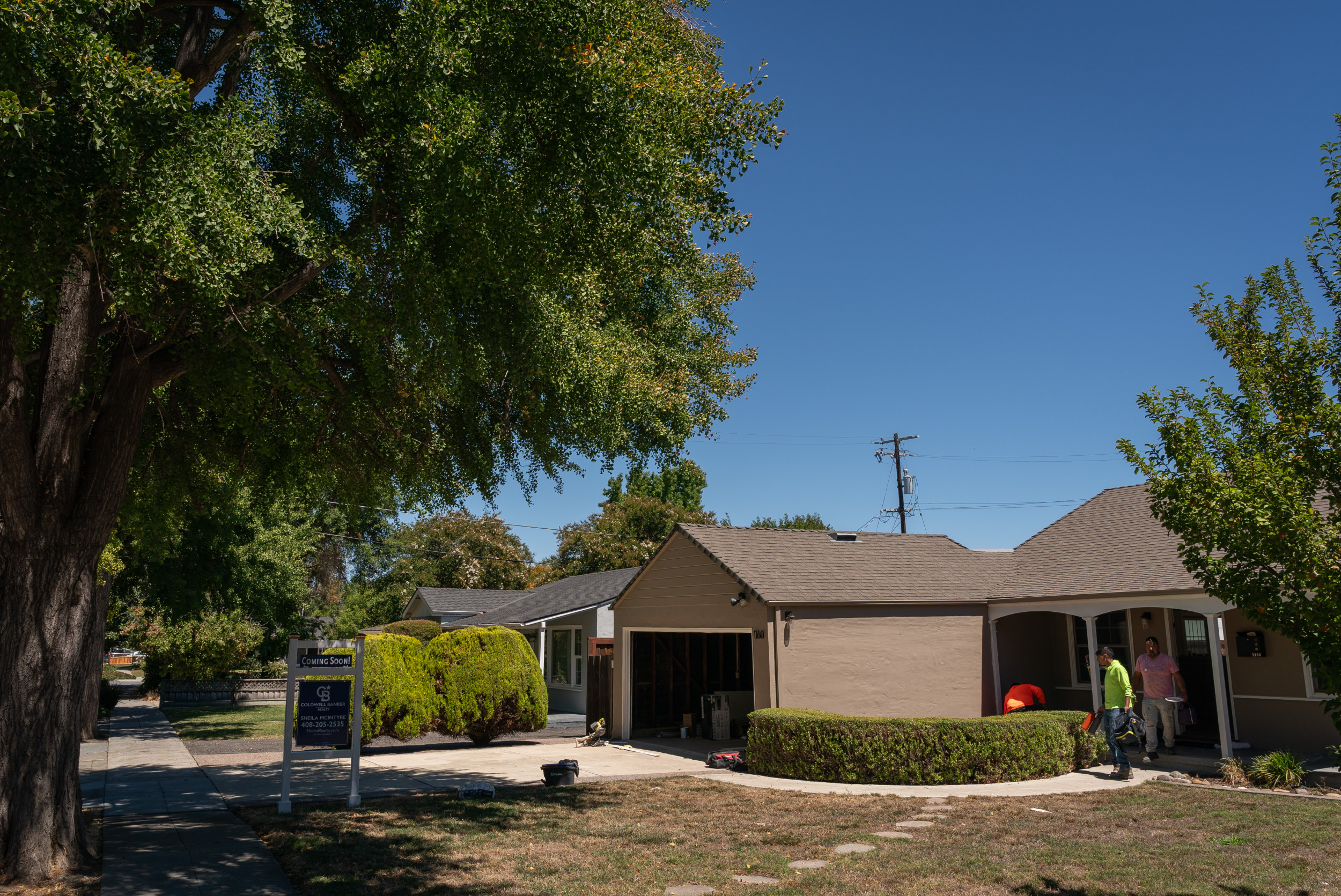
Facing reluctant buyers and increasing pressure to lower their asking prices, a growing number of American sellers are taking their homes off the market entirely, according to a new report by Realtor.com.
Nationwide, delistings were up by 48 percent in July compared to a year earlier, the report found, as sellers refuse to adjust their price expectations to a market that is slowly shifting in favor of buyers. For every 100 newly listed homes added to the U.S. market in the same month, 21 were delisted.
“This points to sellers anchored to peak-era price expectations and willing to wait rather than negotiate,” Danielle Hale, the chief economist at Realtor.com, said in the report.
How Did We Get Here?
The U.S. housing market has recently reached a breaking point as aspiring buyers struggling with sky-high home prices, historically elevated mortgage rates and other rising costs did not show up for this year’s homeselling season.
While spring usually marks the busiest time of the year for home sales and purchases, this year was a sluggish one. Sellers who were locked into their homes by lower monthly payments stopped waiting for mortgage rates to go down and listed their homes, but these listings began piling up on the market unsold.
As a result, sellers are increasingly being forced to offer price discounts, and the market is slowly shifting toward buyers. Some parts of the country, including many Florida metropolitan areas where prices have dropped as inventory surged, are already buyers’ markets.
Loren Elliott/Getty Images
What Do Delistings Do to the Market?
Already in the spring, experts were warning that sellers, despite the recent headwinds, still had the upper hand on the market.
Chen Zhao, the head of economics research at Redfin, told Newsweek that while she expected inventory to continue rising in the near future, it might not do so at the same pace seen in the past few months.
“The rise in new listings may slow down a bit though as some sellers do decide to hold back because prices are getting soft. Very few people will be forced to sell because they’re underwater or facing foreclosure,” Zhao said.
“Many will be waiting for rates to come down a bit and others may wait for price growth to improve again,” she added. “It really depends on each seller’s personal circumstances whether waiting makes sense.”
However, “many sellers will be forced by circumstances to sell, and a lot of them will have been waiting for three years for rates to come down. Additionally, there are a lot of people sitting on home equity that they use to help with the sticker shock of going to 7 percent mortgage rates,” Zhao continued.
This means that while buyers will continue to see more options on the market and will acquire more negotiating power as inventory increases, they are unlikely to see dramatic price changes at the national level as sellers push the brakes on this supply growth.
The highest share of delistings compared to new listings in the entire nation was seen in Miami, Florida, at 59—more than double compared to May. It was followed by Phoenix, Arizona, with 37 delistings and Riverside, California, with 30 delistings.
These numbers, Redfin experts said, suggested that sellers in these metros were confident in the strength of their city’s markets and their future.
